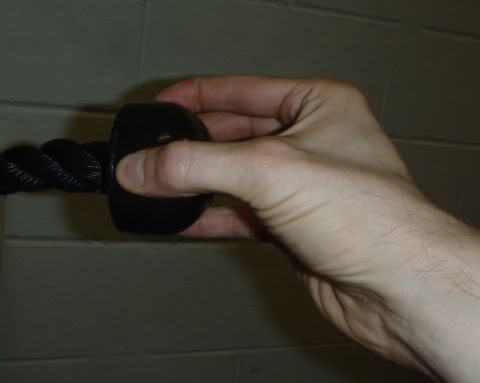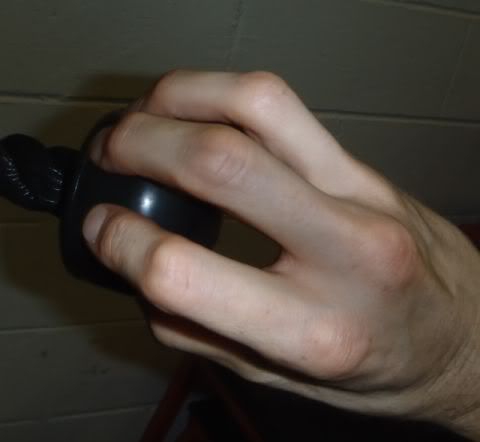Speed Trap: Inside the Biggest Scandal in Olympic History
This is a bonus book review, of a book written by speed coach Charlie Francis about the training of, and eventual disqualification of, sprinter Ben Johnson.
The interesting thing about the book is that it's totally open about steroid use. The book is about steroid use as much as it's about sprinting. The surprise to Francis wasn't that Ben Johnson was on steroids, it's that he got caught. They'd previously evaded similar tests, ended his cycles early enough to clear the steroids out of his system, and only got busted because the test was confirmed with a new hormone profile method they didn't expect and couldn't counter in hearings. Charlie Francis comes right out and says that you can't compete at an elite level without steroids, because the entry bar has been set too high by records set on steroids.
So much of the text of the book discusses, in very specific terms, how much and how often they took what steroids. Dianabol, Winstrol, and Deca-Durabolin all make appearances in the text. Elite sprinters shoot up steroids into their muscles to get ready. They (and Francis himself, in his competitive days) experiment with all sorts of performance enhancers. Some are legal at the time, others banned, still more completely unknown to the governing body of the sport. The book also discusses the rampant corruption of the testers. Deliberately broken "B" samples so the "A" samples cannot be confirmed, scheduled tests (we'll test the third place finisher in the third heat), and out-and-out nod-and-wink exoneration of athletes who failed tests. It's more confirmation of the scene in Bigger, Stronger, Faster* where the filmmaker asks about cheating at the Olympics. "Rampant" and "pervasive" seem fairly mild terms.
For training, the book has a few noteworthy gems. For one, Ben Johnson, while taking anabolic steroids, pretty much did three exercises in the gym: the back squat, the bench press, and the lat pulldown (why he didn't do pullups I don't know) (pg 184) All of this was after sprinting and speed drills.
For another, his speed drills - and those of the other team members - didn't involve all that much maximal running. Charlie Francis holds that you shouldn't maximally sprint more than once every 10-14 days. There were lots of start practice drills, paced running, and sub-maximal running. But he rarely smoked his athletes with repeated sprints.
For fans of sprinting (or those just interested in a play-by-play of Seoul), there is a 10 meter at a time blow-by-blow of the sprint finals, where Ben Johnson beat Carl Lewis and the rest of the field by a large margin. It's fascinating to read an expert's discussion of every nuance of the start, middle, and finish of a race, right down to the hand positioning, speed out of the blocks, and posture at various points in the race.
Rating:
Content: No rating. This isn't a training book. It's just a good read.
Presenation: No rating. It's well written and an easy read overall, and a fascinating look at Olympic athletics and cheating . . . which is behind us now, right? Heh.



